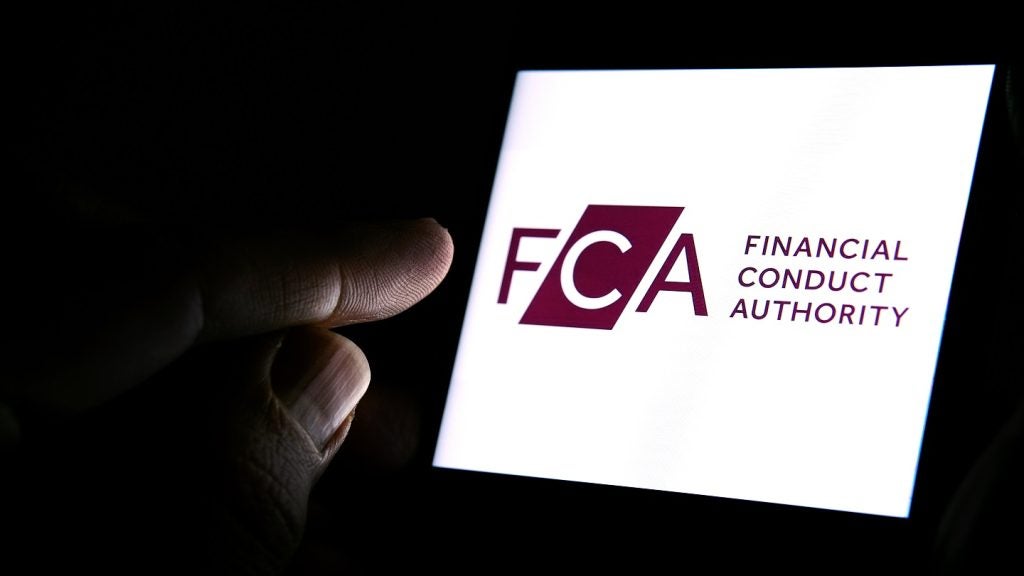
Richard Brown surveys the US market by lenders and credit provision
The US at present appears to be a land adjusted to the post-crisis environment. Subprime is established, new car registrations are on the rise, jobs are returning and credit unions are becoming an alternative source of retail funding.
According to data from credit reference agency Experian, 2013 first-quarter consumer vehicle loan originations rose 10.9% year-on-year by value to $43.5bn (£28.8bn), of which the largest 20 companies took a 53.8% market share. The average loan amount was $26,648 for a new vehicle, up by 2.41% year-on-year but down $43 on Q4 2012. The average amount lent on a used vehicle purchase was $17,532, again up year-on-year (by 2.7%) but down quarter-on-quarter (by $97).
The proportion of non-prime lending on vehicles has also begun to climb again, having fallen steeply in the wake of the 2007-08 crisis, to a quarterly average of 44.2% of all consumer vehicle finance between Q4 2012 and Q1 2013 (compared to just under 43% for Q4 2011 and Q1 2012).
The increase in lending has come with a massive rise in car sales. In the first half of 2013, 7.8 million cars were sold in the US, up by 7.7% year-on-year and the best H1 sales performance since 2007. By these figures, 2013 sales are expected to be around 15.5 million. At the worst of the post-crisis slump, this ‘annualised rate’ was put at 9.1 million. In June alone, Americans bought 1.4 million new vehicles, 157,480 of which were full-size pickups, costing an average $40,361 each, from the ‘Big Three’ of Detroit: Ford, General Motors and Chrysler, emblematic of the US auto industry. On the first day’s trading after the H1 results the Standard & Poor’s 500 index was up by 10 points to 1,624, the Nasdaq was up four points to 3,439, and the Dow Jones Industrial Average was up 17 points to 14,992.
And a fair slice of this success may be attributed to car finance, with the average four-year loan rate currently around 2.7% and pegged to the historically low short-term interest rates pledged, by the chairman of the US Federal Reserve, to remain until the unemployment rate drops another 1.1ppts to 6.5%. Meanwhile, 195,000 more people found jobs than lost them in the US in June, surpassing the 165,000 figure expected by economists.
How well do you really know your competitors?
Access the most comprehensive Company Profiles on the market, powered by GlobalData. Save hours of research. Gain competitive edge.

Thank you!
Your download email will arrive shortly
Not ready to buy yet? Download a free sample
We are confident about the unique quality of our Company Profiles. However, we want you to make the most beneficial decision for your business, so we offer a free sample that you can download by submitting the below form
By GlobalDataHowever, delinquency rates have resurrected alongside lending. By the measurements of Experian Automotive, the ratio of borrowers who were 60 days or more in arrears rose from 0.72% at the end of 2011 to 0.74% at the end of 2012. Q1 2013 average charge-off amounts for defaulted loans were up 9.82% year-on-year to $7,401, although still 26.91% below the Q1 2009 level at the nadir of the recession. According to fellow US credit reference agency TransUnion, the 60-day delinquency rate for Q4 2012 was 0.41%, up from 0.38% at the end of Q3.
As of June 2013, the average utilisation of credit by consumers (the average balance over the average limit) in some states – Louisiana, Texas, South Carolina, Oklahoma, Arkansas, Nevada, Alabama, and Georgia – has topped 20%, reaching as high as 23.11% in Mississippi and 27.73% in Alaska.
Differentiated by product, online US automotive information provider Edmunds.com has reported the greatest difference on record between lease payments, at an average $433 a month, and finance payments, at $468 a month.
According to Experian Automotive data, automotive loans grew 9.6% year-on-year by volume in Q1 2013 to $726bn. Banks increased their loan portfolios by $20bn, finance companies by $18bn, credit unions by $14bn and captive finance companies by $14bn.
Taking Ally Financial to be as good as a captive finance provider, manufacturers’ partners just edge out bank-run independents in their predominance of the biggest lenders. With Edmunds.com reporting the highest-ever difference between lease payments, $433 a month on average, and finance payments, $468 a month, leases have become cemented as the preferred mode of subvented finance in the States. New leases were up 12.5% year-on-year in Q1 2013 and are dominated by captives in the new car market. Although the top 10 lenders by market share have dropped market share of new leases from 90.1% in Q4 2012 to 89.4% in Q1 2013, eight out of those 10 lenders are captives, plus Ally, with Chase Auto Finance as the only independent representative.
Total retail loans a more-even split: The top 20 lenders included 10 banks and seven true captives in Q4 2012; and eight banks, eight true captives in Q1 2013, when Mercedes-Benz Financial Services appeared as the big gainer with 176.2% year-on-year growth. Dedicated finance companies such as TD Auto and Credit Acceptance also break into the top 20, as does the buy-here-pay-here (BHPH) model of CarMax, the largest used-vehicle retail. Net profit at CarMax for the three months to May was up 21% year-on-year to $146.7m, with income from finance operations up 16% to $87m and average managed receivables up 21% to $6.15bn.
Manufacturer finance
New retail loans, like new leases, are dominated by manufacturer finance: In both quarters, Toyota, Honda, Ford and Nissan, as well as Ally comprised five of the top six lenders. However, each quarter included nine banks in the top 20 providers; not just nationwide banks such as Chase, Wells Fargo Dealer Services and US Bank, but regionally-strong banks like Suntrust and RBS Citizens (which is, technically, owned by the British taxpayer).
Used retail loans, instead, are dominated by the banks, although, with the top 20 lenders only accounting for less than 40% of used loans in both Q4 2012 and Q1 2013, the market appears spread between a greater variety of lenders. Bank-owned lenders made up five of the top seven providers in each quarter (Ally and Toyota FS making up the other spots) and several dedicated finance companies such as Credit Acceptance, Westlake and Americredit in the top 20, each taking around 1% of the market for used loans, having not penetrated the finance market with other products.
Splitting the total automotive loan market by provider profile, rather than individual company, around 40% of the market is held by banks, which are strongest in new car loans, as are captives, despite a slight year-on-year dip and dropping 1.4ppts in market share from Q4 2012 (while captives gained 0.45ppts). The used loan market is a relatively successful space for the BHPH model, credit unions and finance companies, picking up customers rejected by captives and banks’ prime schemes. Although the share of total US car finance held by credit unions fell from 14.6% in Q1 2012 to 14.2% in Q1 2013, car finance made up around 30% of all outstanding loans held by credit unions at the end of March, with first-quarter loan originations up 14.1% year-on-year to $82.7bn.
However, with their flexible payments and below-average interest rates, credit unions have still seen a year-on-year gain of 4.6% in US non-prime finance in Q1 2013.
richard.brown@timetric.com







